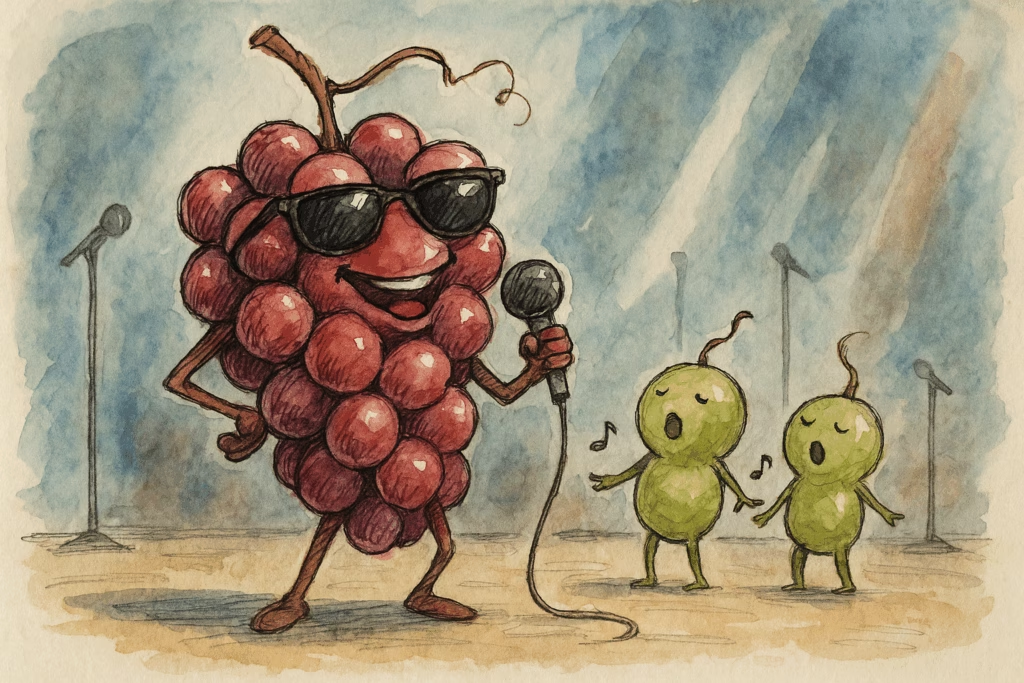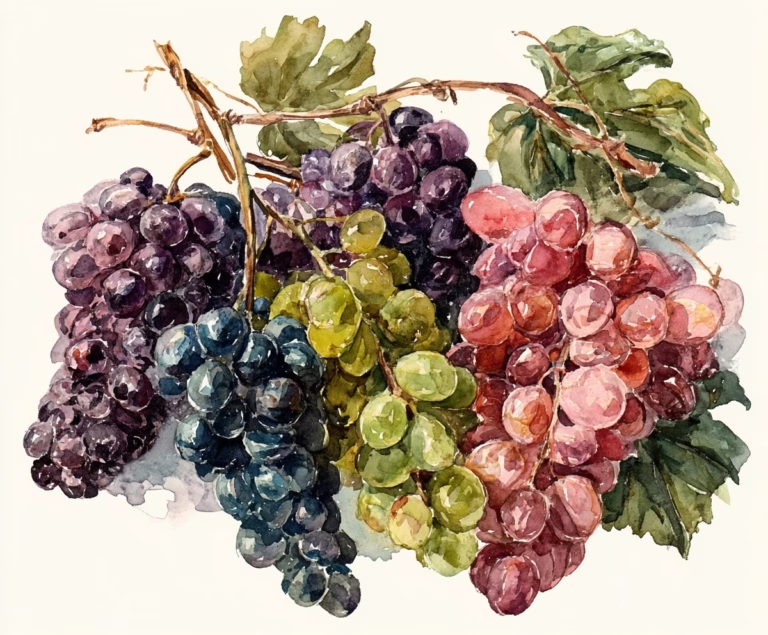Can A Wine Varietal Contain Other Grapes?
In the U.S., a wine can be labeled with a single grape varietal (like “Chenin Blanc” or “Grenache”) as long as it’s made from at least 75% of that grape. That means up to 25% of the wine can come from other grape varieties and still wear the varietal label like a name tag.

In my recent post—breaking down the difference between a wine grape, a varietal, and a wine blend—we noted something confusing: that bottle labeled “Cabernet Sauvignon” you picked up at the supermarket might not actually be 100% Cab. Huh? 🤔
Here’s the deal: varietal wines can include other grapes—and often do.
So What’s the Rule for Labeling Wine a Particular Varietal?
In the U.S., a wine can be labeled with a single grape varietal (like “Chenin Blanc” or “Grenache”) as long as it’s made from at least 75% of that grape. That means up to 25% of the wine can come from other grape varieties and still wear the varietal label like a name tag.
In the EU, rules vary slightly by country, but many regions also allow blends under varietal labels—often with tighter thresholds, like 85%.
So no, your Pinot Noir might not be pure Pinot—and that’s not necessarily a bad thing.
Why Would a Winemaker Add Other Grapes to a Varietal?
There are two primary reasons a winemaker might choose to add other grapes to the mix. The first is all about finding balance and helping the wine achieve that je ne sais quoi. The second? Slightly less aspirational. Let’s dive into both!
First Reason to Add Other Grapes to a Varietal: To Balance and Enhance the Wine (the good kind of sneaky)
Even high-end winemakers will often blend in small amounts of other grapes to tweak texture, color, or aromatics. Think of it like seasoning a dish: a pinch of something extra can elevate the whole.
- A Napa Cab might get a splash of Merlot to soften its tannins (a subtle nod to how these two grapes play together in a red Bordeaux blend).
- A cool-climate Syrah might get a boost of Viognier (a white grape!) to lift its floral aromatics.
- A Chardonnay might see a touch of Pinot Blanc to round out its acidity.
These micro-blends aren’t shortcuts—they’re choices. The winemaker is creating harmony, not hiding flaws.
Second Reason for Adding Other Grapes to a Varietal: To Stretch the Juice (the not-so-fancy reason)
On the flip side, some bulk or mass-market producers add other grapes simply to fill out volume and hit a price point. These wines might still meet the 75% rule—but the other 25% could be neutral, less expensive grapes used to dilute cost and standardize taste across thousands of cases.
Does that make them bad? Not necessarily. It depends on your taste, your budget, and your expectations. But it’s worth knowing that not all varietal wines are created equally.
Does It Matter Whether a Varietal All Comes from One Grape?
If you love how a wine tastes, there’s no reason to stress about the exact grape breakdown. But understanding the rules behind varietal labeling can help you decode what’s actually in your bottle—and appreciate the artistry (or strategy) behind it.
And if you smell or taste something unexpected in a varietal wine, there may be something else happening in the blend that never made it to the label.
Just think of a varietal wine as the lead singer—but don’t be surprised if there’s a backup choir adding harmony behind the scenes.



